It’s been said before, but that doesn’t make it any less true: The 6.6L Duramax is one heck of an engine. In stock form and even when substantially modified, GM’s legendary V8 diesel can provide hundreds of thousands of miles of trouble-free use. Still, and just as we exposed the shortcomings of the almighty Cummins, the Duramax isn’t without its flaws—some of them catastrophic. For example, did you know the injection pump on the LML version is prone to coming apart and wrecking the entire high-pressure fuel system when it does? Or how about the fact that the rods in the LB7 and LLY engines can bend with added power and the LBZ and LMM mills are notorious for cracking pistons? Discover the worst failure point(s) of your Duramax in the article that follows, along with how to address it.
1. Snapped Crankshaft

Perhaps the most devastating of all Duramax failures is a broken factory crankshaft. Not only does this mean game-over for the engine, but it results in a truck that’s down for weeks (if not months) and a huge chunk of change missing from your wallet. The failure is most common in higher horsepower engines, but can still occur in moderately modified and even stock power plants. Not specific to one version of Duramax in particular (ex: LB7, LLY, LBZ, LMM or LML), the problem exists across all generations. The crankshaft usually breaks near the number one rod journal due to a combination of excessive rpm and the large external counterweight. A factory firing order that beats up the front area of the crankshaft has also been blamed for imposing undue stress on the crank.
Sound Solution(s)
Internally Balanced, Billet Crankshaft
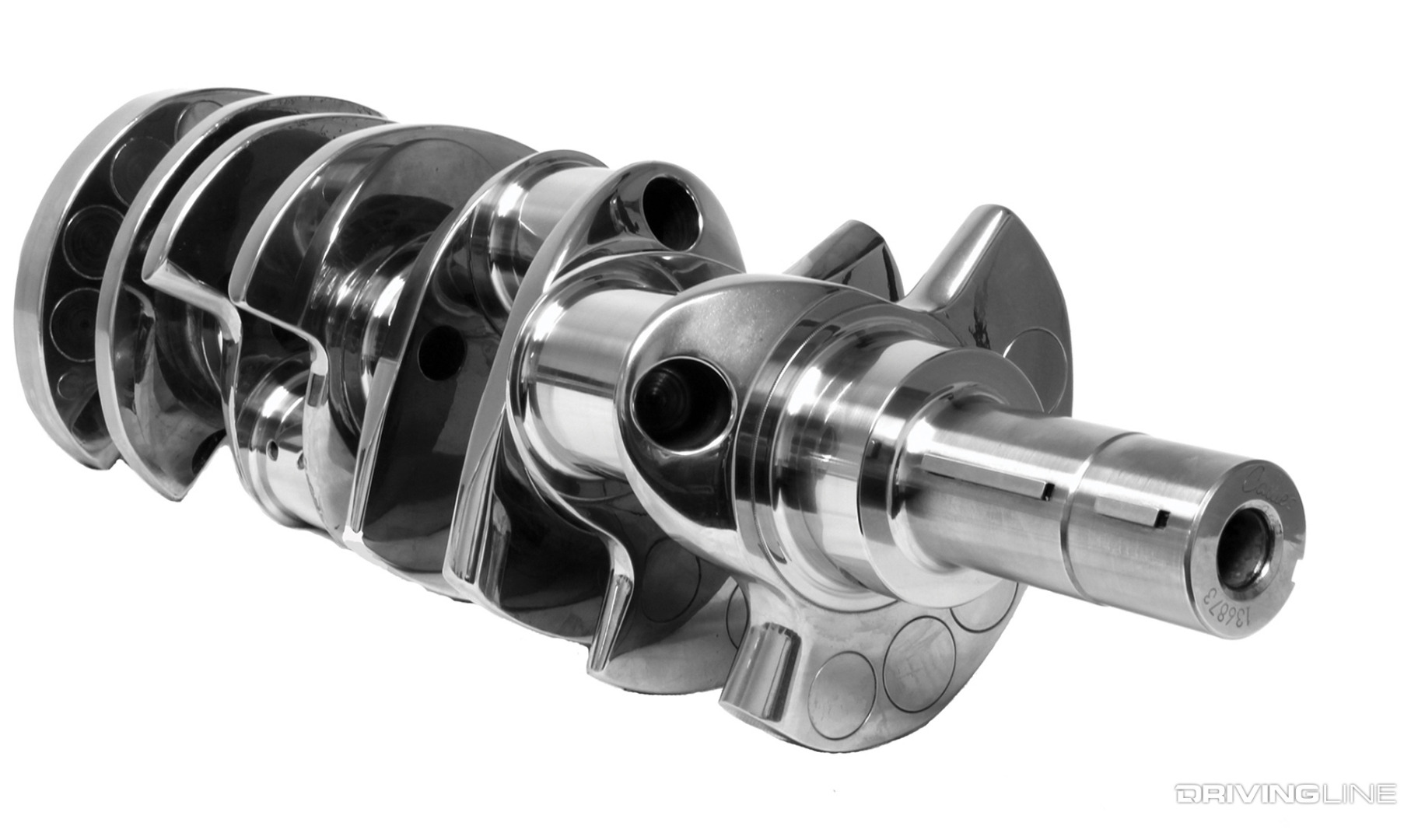
The ultimate fix for the weak factory crankshaft is to replace it with a stronger unit that’s been internally balanced. The billet Callies crankshaft available through Wagler Competition Products is machined from triple heat treated 4330V steel and features reduced rod journal widths for improved strength (which calls for narrower rods). For a more budget-friendly option, a properly balanced Compstar forged crankshaft (also made by Callies) has shown great results in the sub-1,000hp arena.
Alternate Fire Camshaft
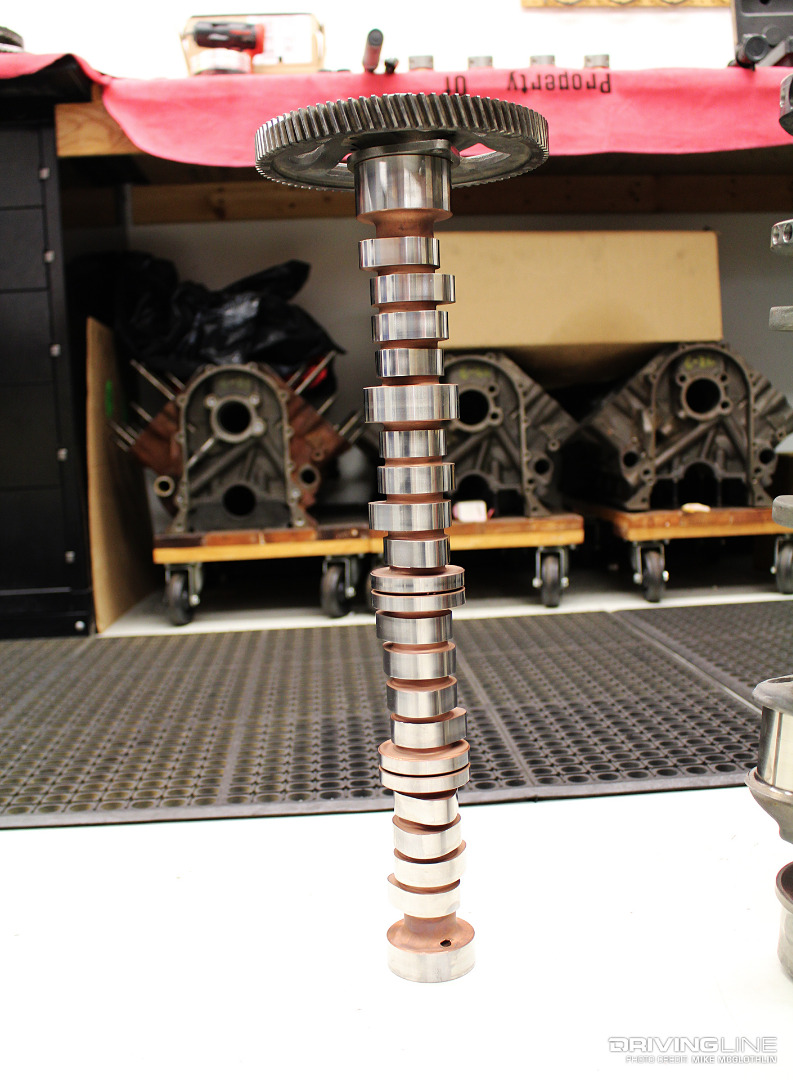
In an effort to reduce crankshaft fatigue on the front of the crankshaft, alternate fire camshafts are employed. By changing the firing order of the engine (from 1-2-7-8-4-5-6-3 stock to 1-5-6-3-4-2-7-8), the hard hit at the front of the crankshaft is eliminated and the overall load is more evenly distributed across the crankshaft. Alternate fire camshafts are available from company’s such as Wagler Competition Products, Empire Performance Engineering and SoCal Diesel.
2. CP4 Failure
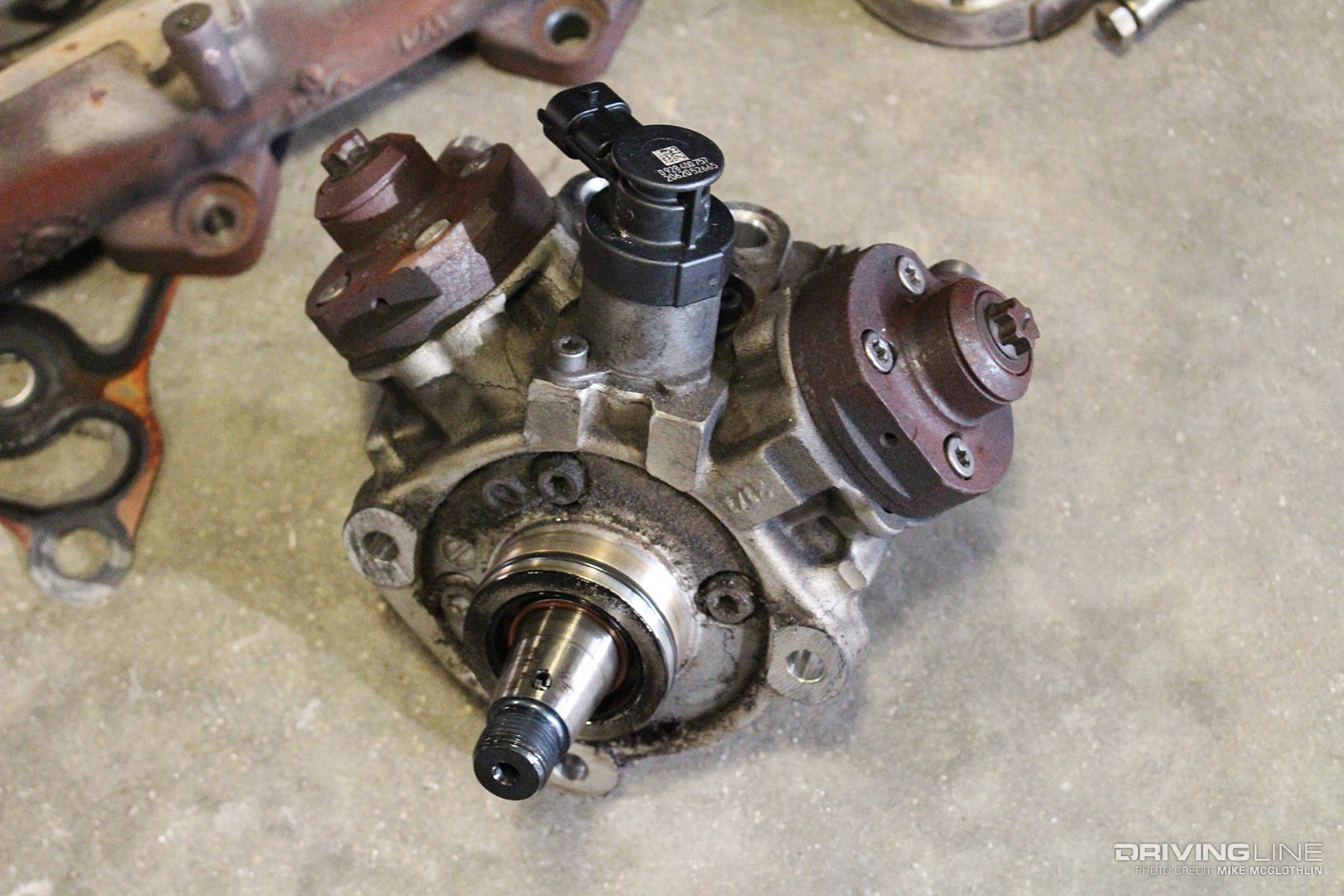
This one is specific to the LML code Duramax produced between ’11-’16, which used the Bosch CP4.2 high-pressure fuel pump (vs. the predecessor CP3 found on LB7, LLY, LBZ and LMM engines). Unlike the ultra-durable CP3 that came before it, the CP4.2 doesn’t possess the same track-record for reliability. Any time water, rust or debris infiltrates the CP4.2 (usually due to bad fuel or lack of maintenance) it’s prone to either seize up or come apart internally. Unfortunately, the latter scenario plays out more often than seizures do. Typically, the roller lifter (or bucket) that rides on the CP4.2’s shaft (the part that’s driven up and down via the plunger) fails due to lack of lubrication or debris hampering its ability to operate in an unobstructed manner.
Sound Solution(s)
Buy Good Fuel
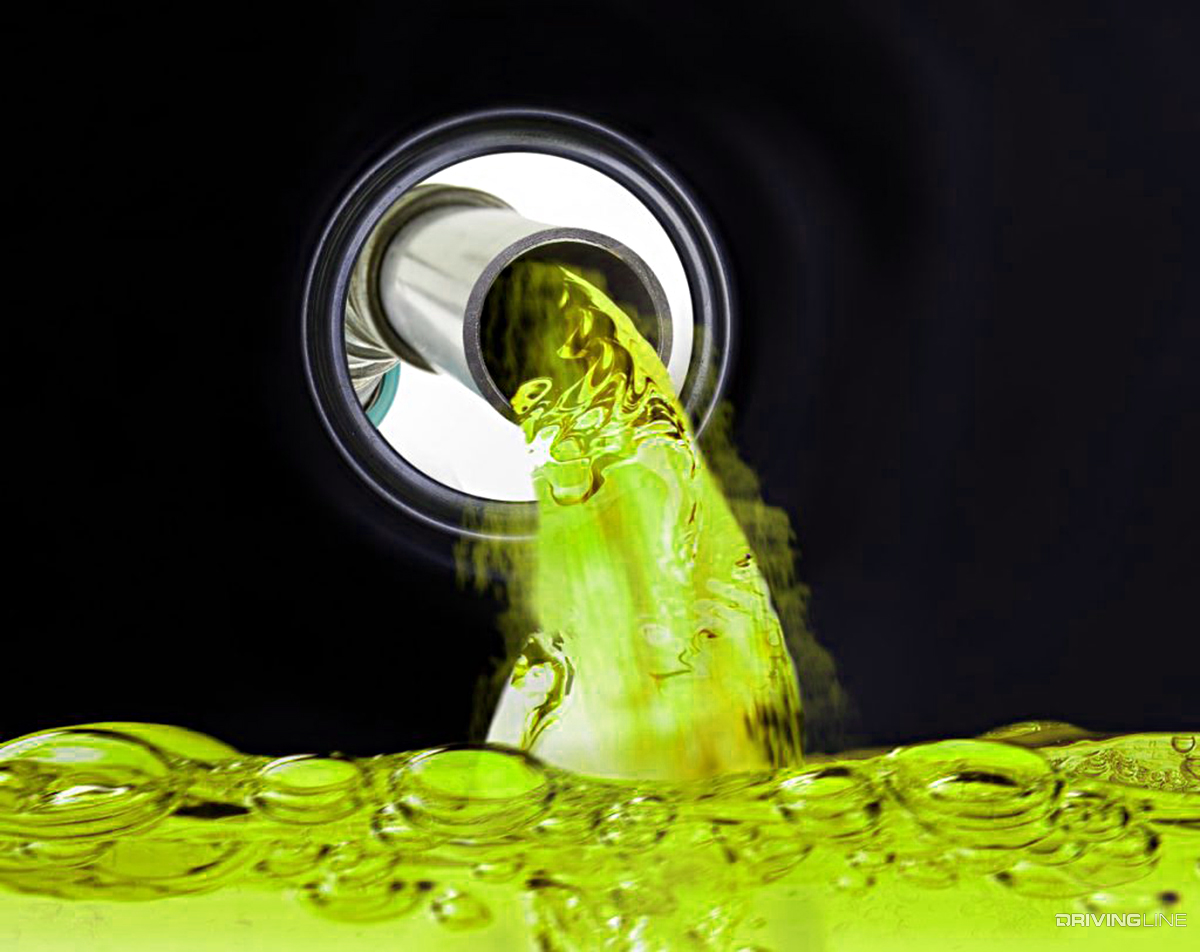
When a CP4.2 self-destructs, metal debris is sent through the high-pressure fuel lines, the injectors and the fuel tank. As you can imagine, it’s both labor intensive (a 30 hour job) and expensive (as much as $10,000) to fix. As you might’ve guessed, water and/or dirt contamination isn’t covered under GM’s warranty, so you’ll likely be footing the bill if your CP4.2 goes south. However, there are measures you can take to keep the pump happy and healthy, the first being to always buy your diesel from a high-traffic, reputable filling station that’s known to dispense good, clean fuel. Second, always change the fuel filter at or before the recommended service interval.
Add a Lift Pump

Like all Duramax engines from ’01-’10, the LML was also void of a lift pump from the factory. This means that not only does the CP4.2 have to pressurize fuel as high as 29,000 psi before sending it to the rails, but it also has to pull its low pressure fuel from the tank. We don’t exactly know what the CP4.2 requires for low-pressure fuel supply in the LML Duramax application, but in the case of the 6.7L Power Stroke—an engine that also utilizes the CP4.2 pump but that receives its fuel from a factory-installed lift pump—Ford prefers that it sees 55 to 60 psi. By installing an aftermarket fuel supply system from company’s like FASS or AirDog you’re ensuring your CP4.2 sees steady low-pressure fuel supply and adequate lubricity at all times.
CP3 Swap

For utmost peace of mind, the CP4.2 can be ditched in favor of the tried and true CP3. Various aftermarket kits come with everything you need to complete the conversion, mechanically (note that a few ECM tweaks will be required, too). On top of being known to last hundreds of thousands of miles without any major issues, the CP3 flows roughly 20-percent more fuel volume than the CP4.2, so there is also a slight performance advantage to sending your LML’s injection pump “back in time.” Companies such as Fleece Performance Engineering, H&S Motorsports, HSP Diesel, Wehrli Custom Fabrication and many others offer CP3 conversion kits.
3. Bent Rod(s)—LB7/LLY

We’ll be honest, experiencing a tweaked connecting rod in an LB7 Duramax (’01-‘04) or LLY Duramax (’04.5-’05.5) is almost exclusively reserved for engines making double the factory horsepower (or more). However, because better than one in four diesel-powered GM trucks is graced with an electronic power-adder, and the fact that this is an enthusiast site, all of you should take note. So what causes the rods to shrink? In a word, torque. Thanks to a 17.5:1 compression ratio (the highest of any other engines in the Duramax lineage), extreme amounts of low-rpm cylinder pressure (i.e. torque) can be present when you’ve more than doubled the factory horsepower and torque rating. This stress is directly imposed on the pistons, the rods and the crank—but the rods are the weakest link in LB7 and LLY engines. Luckily, the rods found in these two engines are forged steel, which is to say that they bend long before they think about breaking. This means you’re usually not in need of a whole new block when this failure strikes.
Sound Solution(s)
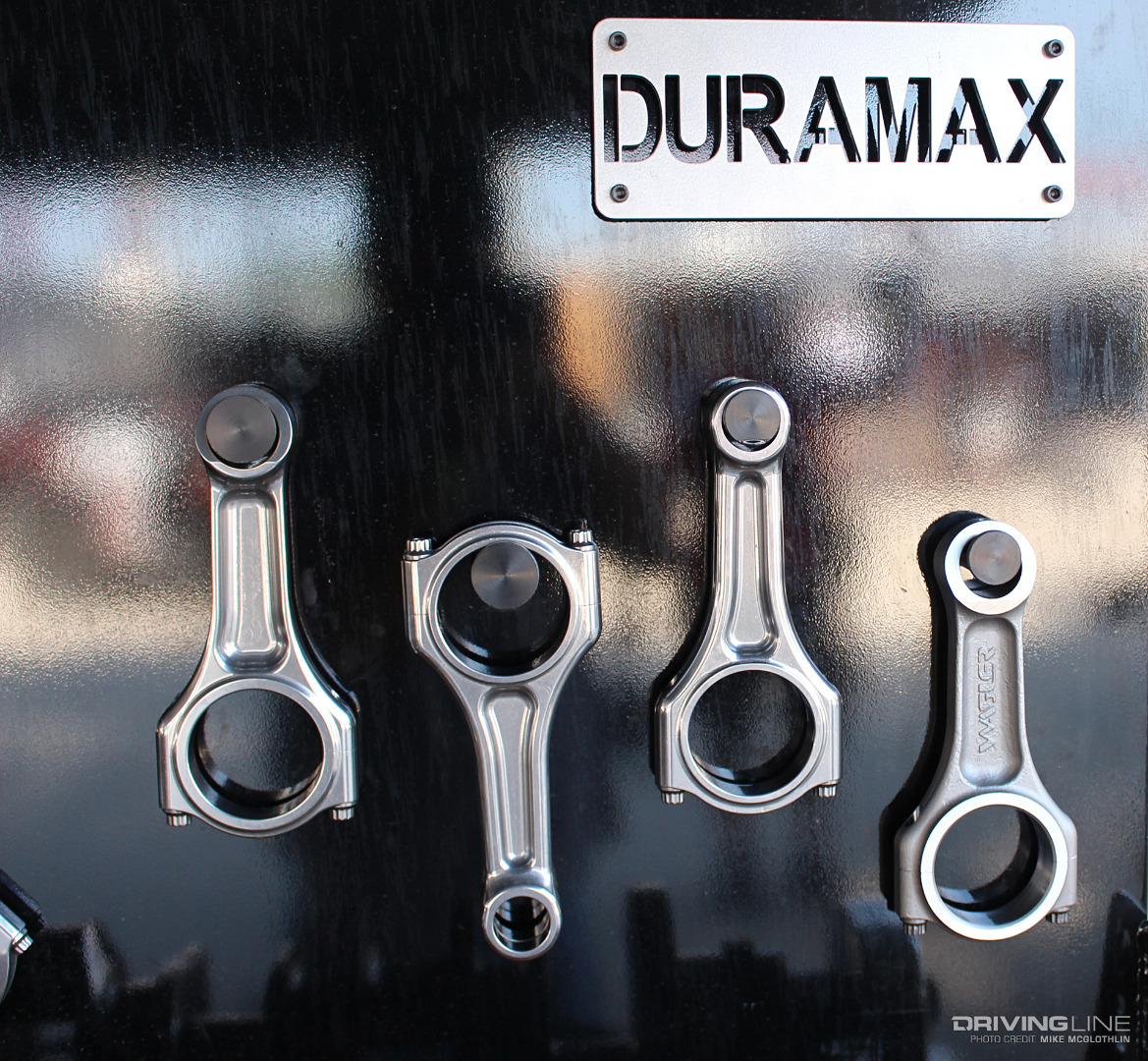
Other than dialing back the tuning or scrapping your performance plans altogether to save the factory connecting rods, aftermarket units are in order. CP Carrillo, Wagler Competition Products, Manley Performance, Brian Crower and Howards Cams all offer aftermarket Duramax rods. In addition to its competition-ready rods (rated for 2,000-plus hp), Wagler also offers As-Forged units, which are the most budget-friendly Duramax rods in the diesel industry. Conservatively rated to handle 1,000hp, they’re forged from 4340ACQ, shot-peened to reduce stress risers, come standard with ARP 2000 7/16-inch rod bolts and retail for $1,700.
4. Cracked Piston(s)—LBZ/LMM

Even though the ’06-’10 Duramax's are equipped with slightly stronger, forged-steel rods than what was used in the ’01-’05 engines (LB7 and LLY), the problem moves upward, into the pistons, on the LBZ and LMM engines. Most cracked piston scenarios play out at power levels well beyond stock (roughly 650 to 700rwhp for street-driven, ’06-‘10 trucks), but we’ve also seen it occur on bone-stock Chevy and GMC HDs. Low-quality castings from its suppliers and a reduced amount of meat present in the wrist pin area (thanks to the use of wrist pin bushings) are to blame for factory piston failure. In most cases, the cast-aluminum piston cracks along the center line of the wrist pin, as shown above.
Sound Solution(s)

Depending on the type of engine you’re building, aftermarket piston options range from mild to wild. For utmost affordability, some enthusiasts opt for de-lipped, LB7-based pistons for sub-700hp builds, while others take comfort in the performance cast units manufactured by Mahle Motorsports or the reworked, oval bowl Mahle units from John “Fingers” McElravy. For many all-out, competition-type builds, forged pistons from Diamond Racing are known to get the call.
5. Leaking Injectors—LB7

One thing the ’01-’04 LB7 Duramax is notorious for is injector failure. The two primary failure points of the factory injectors are internal cracking of the injector body itself and corrosion-induced failure of the internal ball seat. The solenoid style Bosch units found in the LB7 employed a non-hardened internal ball seat to seal the injector. By comparison, later versions of injectors would utilize a hardened, chrome-plated ball seat and—not surprisingly—benefitted from much improved durability. Over time, this ball seat erodes and no longer fully seals. When an LB7 injector begins to leak, you’ll notice the truck hazing at idle and you’ll also be able to observe abnormally high injector balance rates (the amount of fuel each injector contributes to maintain a smooth idle) with the appropriate diagnostic equipment. To add insult to injury, a leaking injector means a considerable amount of fuel is making it into the crankcase.
Sound Solution
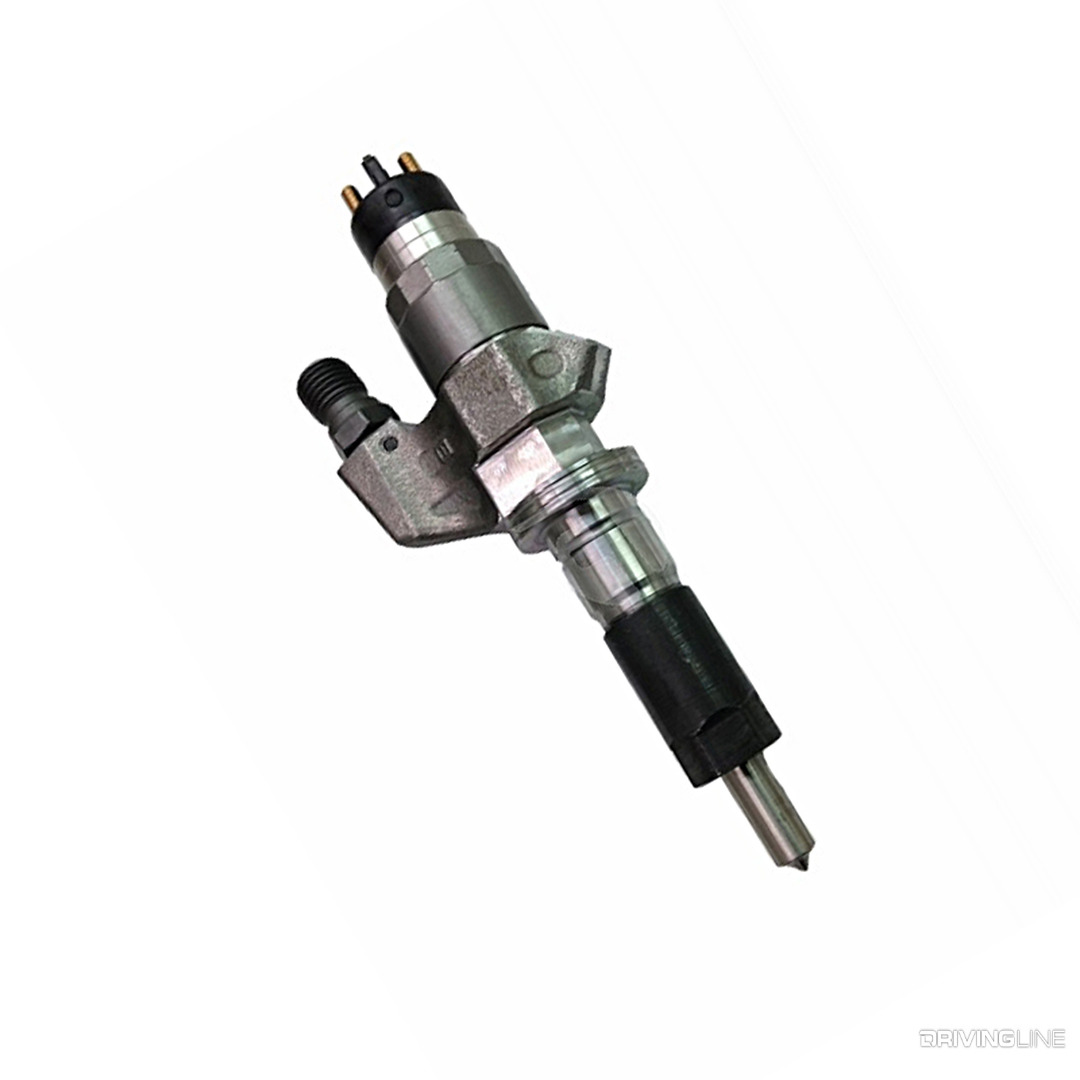
Located underneath the valve covers, there is nothing cheap about replacing an injector on an LB7. For this reason, most shops recommend you replace all eight injectors as opposed to doing them one at a time. LB7 injector replacement performed at an independent shop typically calls for 10-12 hours worth of labor and roughly $3,500. No matter where you take the truck for the job or whoever performs the work, make sure you install brand-new, genuine Bosch injectors. The latest Bosch versions feature an improved body (no cracking), a hardened, chrome-plated ball seat (no leaking) and DLC coated nozzles for unmatched long-term durability.